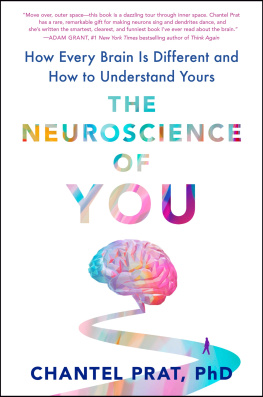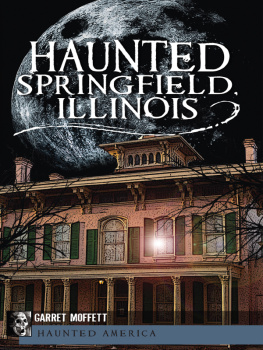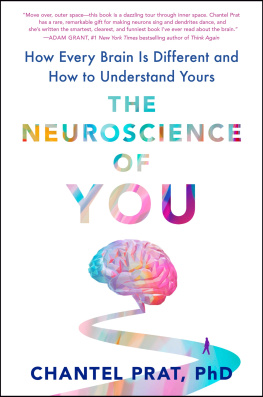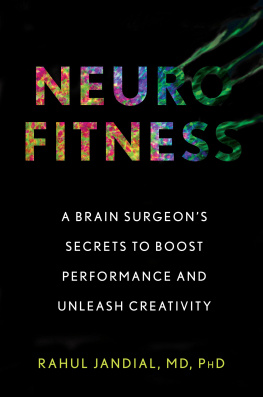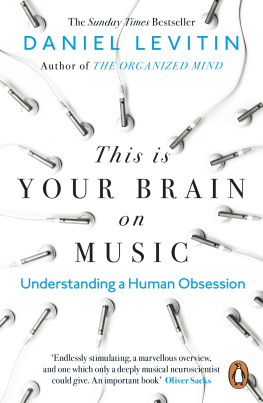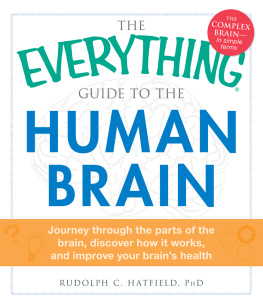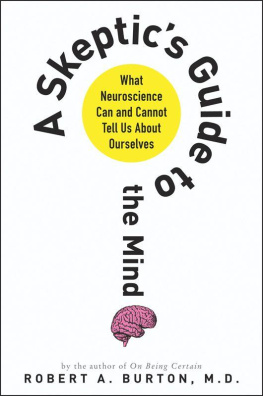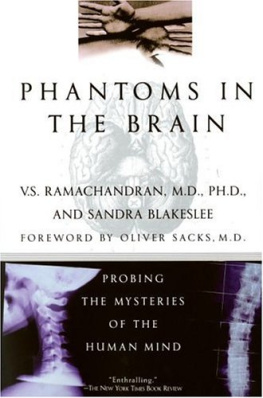The Three-Pound Enigma
The Human Brain and the Quest to Unlock Its Mysteries

by Shannon Moffett
Algonquin Books of Chapel Hill 2006
Published by
Algonquin Books of Chapel Hill
Post Office Box 2225
Chapel Hill, North Carolina 27515-2225
a division of
Workman Publishing
225 Varick Street
New York, New York 10014
2006 by Shannon Moffett. All rights reserved.
Published simultaneously in Canada by Thomas Allen & Son Limited.
Design by Tracy Baldwin.
Quotation by Bob Stickgold on , line 4, reprinted from a book manuscript in preparation, with permission from the author.
Poem on reprinted from Norman Fischer, On Whether or Not to Believe in Your Mind (Great Barrington, MA: The Figures, 1987), with permission from the author and the publisher.
Library of Congress Cataloging-in-Publication Data is available for a previous edition of this work.
eISBN: 9781565128903
This book is dedicated to four doctors and one nurse who kept me healthy enough to write it.
SH
FM
MW
CC
AJ
Acknowledgments
BEN BARRES DESIGNED the course that inspired this book and answered the random questions I sent his way as I was writing it: I thank him for both. Undying gratitude to Stanford University School of Medicine and to Audrey Shafer and the Arts and Humanities Medical Scholars Committee for the money and support to start this project. Thanks to Rona Giffard for advising me through the first stages, to Ann Banchoff and Malcolm Gladwell for early encouragement, and to Elissa May Meites for reading early drafts. Thanks to Allan Hobson for agreeing to be a subject early on. When I sent the first two chapters to Laurence Gonzales, he actually read them and passed them on, which got the whole thing started. Thanks to Marianne Merola, my agent, and Antonia Fusco, my editor, who slogged through it all with me. Enormous thanks to Paul and Florence Libin, Astro and Zoe and Willow Teller, and especially Dave Andre for the above-and-beyond-the-call-of-duty hospitality. Roger Nicoll gave me Robert Malinow, who agreed to be a subject and just as gracefully agreed not to be a subject, and Idee Mallardi set up housing for that ill-fated trip to Cold Springs Harbor, for which I thank them all. Elliott Wolfe set up endless directed readings without any complaint, and Marti Trujillo dealt with my bizarre financial aid situation as I completed this book. Thanks to Gary Glover for explaining fMRI and then re-explaining it after reading my first attempt. Thanks to Naomi Quesada and Justin Ramos for transcription, to Ray Balise for reading and commenting on the entire manuscript, and to Raymond Sobel for promptly and thoroughly answering a strangers eleventh-hour question about neurodevelopment. Eternal thanks to each of the subjects for agreeing to the extended and invasive interview process, and for reading and correcting drafts as they were written. Any errors that remain are my own.
This book would have been impossible without the support and patience of my friends and familyNatalie and all the Pagelers (who seemed to have no problem with my dropping off the face of the earth for months at a time, then showing up on their doorstep with no notice), Molly Purves and Sarah K. Lippmann (whove shown a similar forbearance), Andrea Libin, queen of the extended phone call and high priestess of our cult of the exhaustively explored nuance, John High and Sascha, my mom (Nancy Moffett, who, when I was eight, taught me to say Gertrude, whose teeth were falling out and who answered the door leaning on her cane instead of the old woman) and my dad (Tom Moffett, who taught me that enormous is spelled b-i-g), Solveig Nielsen (whom Id travel a long way to see even if she didnt give me cigarettes and her osso bucco werent so good), and my younger sister, Maggie, whom I miss every day and is the one person Ill go to when no one understands. And then theres Michael Choy, who read it all even when he didnt have to, who held my hand and my head, tucked me in and cooked for me and washed the dishes and waited up late and woke up early and accepted the fact that I havent had a true day off since we sat in that garish Paris Internet caf and found outa week after the factthat the book had sold. After all the research and philosophizing I still dont know what a self or a soul is, but I know I love him with all of mine.
Introduction
I FIRST SAW A HUMAN brain in gross anatomy, during the early weeks of medical school. My dissecting partner and I had cut apart most of our cadaver by then: wed pulled out her lungs, dislocated her shoulder to see the slick yellow ball of the humerus inside it, held her heart in our hands. But still, her facethe eyes someone once looked into with love, the mouth she had used to smile and sob, the eyebrows she would have raised in surprisewas intact. Our job that day was to use a handsaw to cut through her skull above those eyebrows. It was strenuous, slippery, and gruesome work, and we were grimly serious by the time we had finished and could turn back the top of her head, like a cap, to reveal her brain, sitting behind the bridge of her nose on a sort of shelf made by the convergence of the five main bones of her skull. The brain was a murky brown, and when we touched it, it was firm, like a block of cheese. We snipped it from her spinal cord and removed it from her skull.
As far as science can tell, that lump of tissue had held the series of connections and feelings, associations and impressions, that had been this woman. But where was her mind now? When we had first unwrapped the formalin-soaked cloth covering her hands, wed found our cadavers fingernails still wore a perfect coat of light purple polish. Did this womans taste for lavender survive the death of her body? Was it contained in the brain I now held, frozen there? It didnt seem possible. Yet neither did her minds complete extinction. Did her loves and disappointments and memories exist somewhere still, or had they died when her body did?
It may have been at that moment in the anatomy lab that I first became fascinated with the brain and its relationship to the mind. Or maybe it wasnt until our neurobiology class a few weeks later. Over nine weeks we heard some sixteen scholars speak on different topics, usually one in which they themselves were doing research, in which case we were treated to a passionate discourse on that aspect of the mind or brain.
Dr. John Gabrieli, featured in this book, described what he and others have learned about memory and amnesia. Dr. William Newsome, who studies macaque monkeys, told us what he had learned about visionthe best understood of all our five sensesfrom the study of primates brains. And Dr. Allan Basbaum presented his research into pain. He taught us that pain is subjectivethat fear, mental associations like memories, and the context in which a painful stimulus is felt can all heighten (or reduce) the experience of pain in ways that remain mysterious. No one knows, he told us, why women who give birth alone and without prenatal care experience much more pain during labor than well-prepared women with good family support. In colored chalk, he then rendered a drawing in the style of Piet Mondrian, like this:

Why is it, he asked, that some of us look at a Mondrian and shrug our shoulders, wondering whats for lunch, while others who know art and are familiar with Mondrians artistic development might break into tears, stunned at the beautiful simplicity he achieved after years of reduction?


